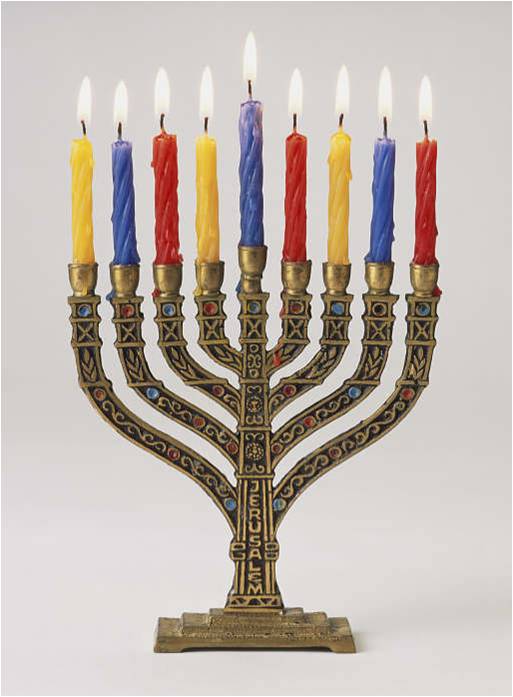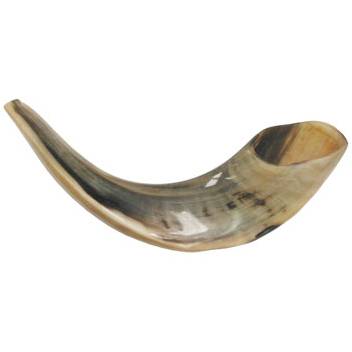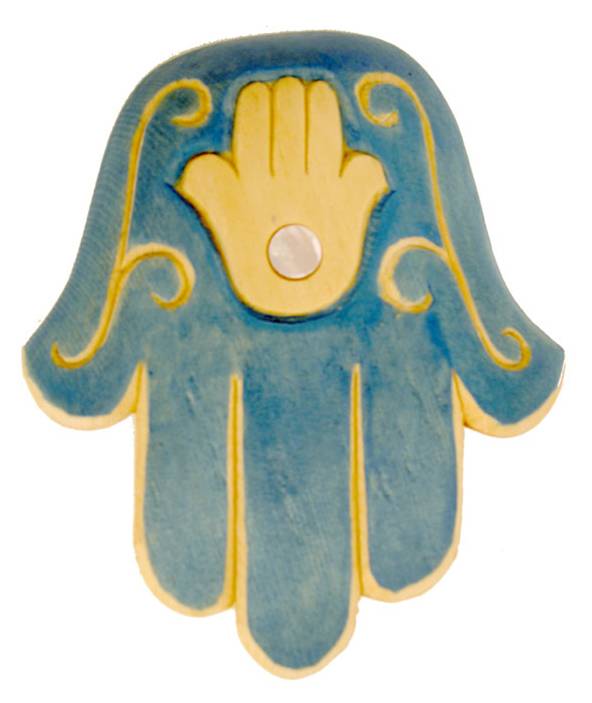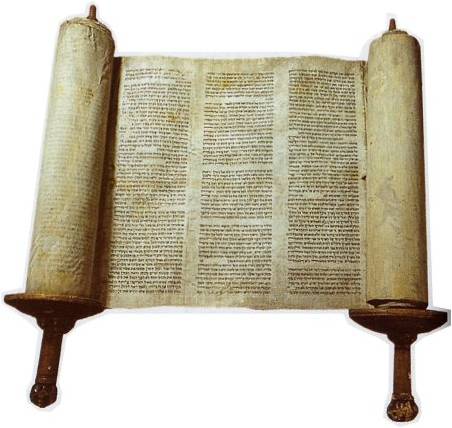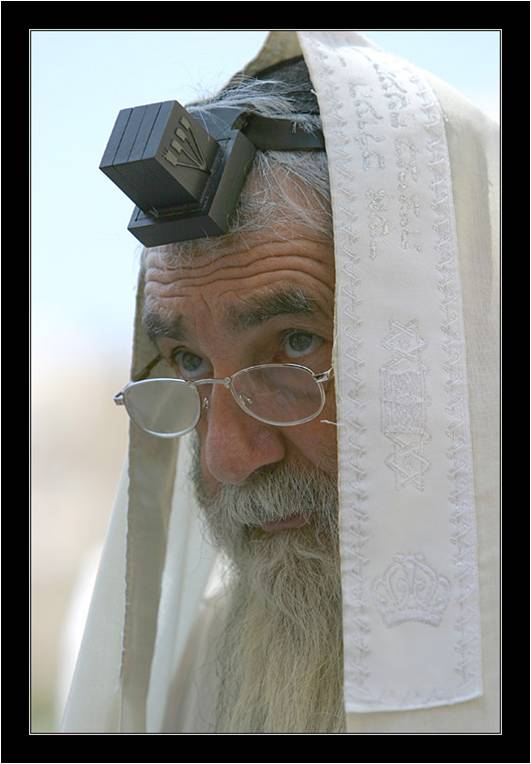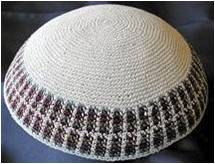The Star of David
- Originally, the Hebrew name Magen David — literally “Shield of David” — poetically referred to God. It acknowledges that our military hero, King David, did not win by his own might, but by the support of the Almighty. This is also alluded to in the third blessing after the Haftorah reading on Shabbat: “Blessed are you God, Shield of David.”
- Various other explanations exist on the meaning behind the Star of David.
- One idea is that a six-pointed star receives form and substance from its solid center. This inner core represents the spiritual dimension, surrounded by the six universal directions. (A similar idea applies to Shabbat — the seventh day which gives balance and perspective to the six weekdays.)
The Menorah (7 branches)
- The menorah is one of the oldest symbols of the Jewish faith. The seven-branched candelabra probably originated as a version of the Babylonian world tree. The number seven is a repeating sacred motif in Judaism’s parent religion; the seven arms likely represented the seven days of creation and the seven visible planets. Curiously, the name given to the central light is “Shamash,” the name of the Babylonian Sun God, who is related to a similar ancient symbol.
- The Menorah was the most important ritual object in the Temple of Jerusalem until it was stolen by the Romans in the sack of the Temple in 70 AD.
The Chanukkia (9 branches)
- Because the small jar of oil burned in the temple for 8 days, the miracle of Chanukah is celebrated each year. One candle is lit for each day of the holiday.
The Shofar
- A shofar is an instrument made from the horn of a ram or other kosher animal. It was used in ancient Israel to announce the New Moon (Rosh Chodesh) and call people together. It was also blown on Rosh Hashanah, marking the beginning of the New Year, signifying both need to wake up to the call to repentance and in connection with the portion read on the second day of Rosh Hashanah, the Binding of Isaac in which Abraham sacrifices a ram in place of his son, Isaac.
Hamesh/Hamsa Hand
- What is the meaning of the “Hamesh” hand or “Hamsa” hand in the Jewish religion or faith?
- The hamesh hand or hamsa hand is a symbol of blessing and protection within the Jewish tradition. There are also hamsas in other religions.
The Mezuzah
- The Mezuzah goes on the door frame (right side) of each room in the house and on the door leading into the house (does not go on washroom doors)
- Within each Mezuzah is a prayer.
- These verses comprise the Jewish prayer “Shema Yisrael,” and begin with the phrase “Hear, O Israel, the Lord your God, the Lord is One.”
- A mezuzah is affixed to the doorpost of Jewish homes to fulfill the mitzvah (Biblical commandment) to inscribe the words of the Shema “on the doorposts of your house.”
The Torah
- The Jewish Bible is written in a scroll
- Each Torah is hand written
- While reading the Torah, hands are not to touch the parchment, a pointer is used to hold the place while reading.
Tefillin
- Tefillin are leather objects used in Jewish prayer, containing Biblical verses. They are an essential part of Morning Prayer services, and are worn on a daily basis (except Sabbath and festivals) by many Jews.
The Tallit/Tallis
- The tallit also called tallis, is a prayer shawl that is worn during the morning Jewish services during the Torah service, and on Yom Kippur and other holidays. It has special twined and knotted fringes known as tzitzit attached to its four corners. The tallit is sometimes also referred to as the arba kanfot, meaning “four corners.”
Kippah
- Many Jews use the kippah at all times, both as a statement of being Jewish and as a statement of God’s presence everywhere, at all times.
The Kippah is shaped like a bowl and covers only a smaller part of the head. It is attached to the head by using clips. There are no specific rules on the shape, nor fabric, colours or patterns.



